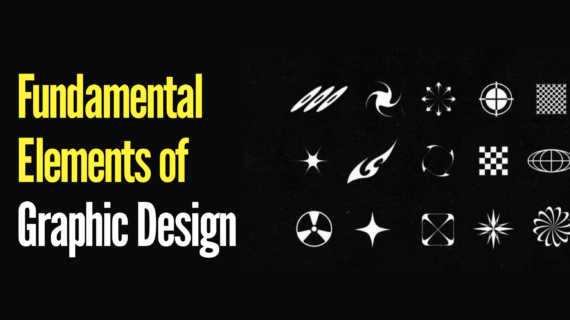Methods to Download Shutterstock Images Without Watermarks — Shutterstock is one of the leading platforms for high-quality images and videos. However, downloading images without watermarks typically requires payment. Fortunately, there are several methods you can use to download Shutterstock images for free and without watermarks. Here are five simple methods you can try.
Method 1: Use Free Trial of Shutterstock
One of the easiest ways to get Shutterstock images without watermarks is to take advantage of the free trial offered by Shutterstock. By signing up for a free trial, you can download a limited number of images at no cost. Be sure to read the terms and conditions to understand how long the trial lasts and how many images you can download.
Method 2: Search for Free Image Alternatives
If you don’t mind using images from other sources, you can look for free image alternatives available online. Many websites provide high-quality images for free, such as Unsplash, Pexels, and Pixabay. While not all images on these sites may match Shutterstock’s quality, you can still find plenty of appealing options.
Method 3: Use Screenshot Tools (With Limitations)
This method involves using screenshot tools to capture images from your screen. While this is not an ideal method and the results may not be as good as the original images, it can serve as a temporary solution if you really need the image. However, keep in mind that the quality of images taken this way may be low and not suitable for professional use.
Method 4: Download Low-Resolution Previews
Shutterstock allows users to download low-resolution previews of images. Although these images come with watermarks, you can still use them for presentations or as references. If you need high-quality images, consider purchasing a license after viewing the preview.
Method 5: Use a Premium Downloader for Unlimited High-Quality Downloads
The last and most effective method is to use a premium downloader service. With this service, you can download Shutterstock images without watermarks and in high quality without limitations. This is the best solution for designers and marketers who need quick and easy access to a variety of visual assets.
Why Choose a Premium Downloader Service?
Using a premium downloader service offers numerous advantages. Not only do you gain access to high-quality images without watermarks, but you also save time searching for the right images. These services often provide additional features, such as more efficient searching and access to exclusive collections.
Features of Our Premium Downloader Service
Stoksvector service comes equipped with various features designed to enhance user experience, including:
– Unlimited Access: Download as many images as you want without restrictions.
– High Quality: Get images in high resolution without watermarks.
– User-Friendly Interface: Easy navigation to quickly find the images you need.
– Customer Support: A support team ready to assist you with any questions or issues you may encounter.
How to Get Started with Stoksvector?
Getting started with our premium downloader service is simple. Follow these steps to access premium design resources today:
1. Search Enter the website URL : https://stocksvector.com/
2. Create an account
3. Copy paste link the resources you want(images, graphics and other design resources)
4. Click icon download “⬇️” and you’re done!
Unlock Unlimited Downloads with One Click
With Stoksvector downloader service, you can unlock unlimited downloads with just one click. Enjoy the convenience and speed of obtaining high-quality images for all your design needs. Start today and elevate your projects with the best images from Shutterstock!
Read More:



